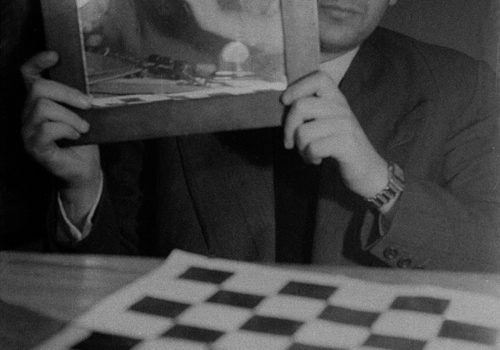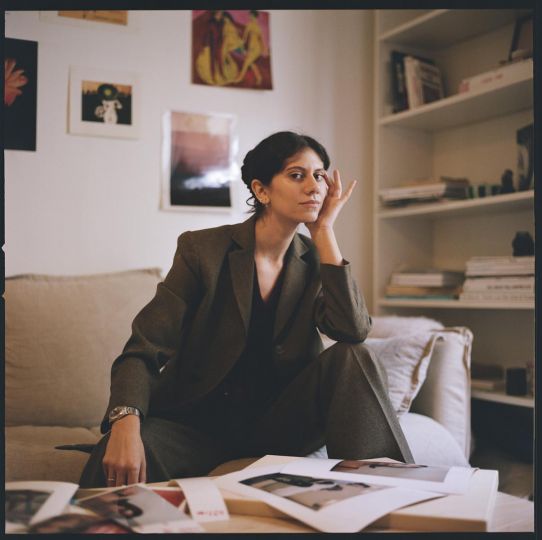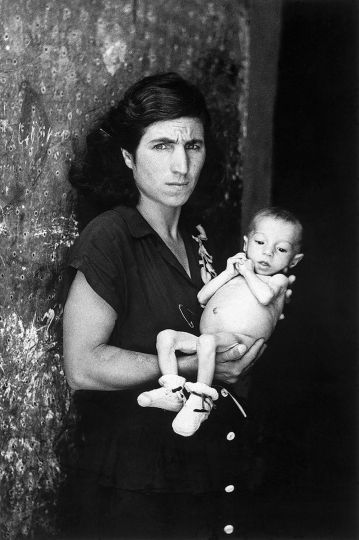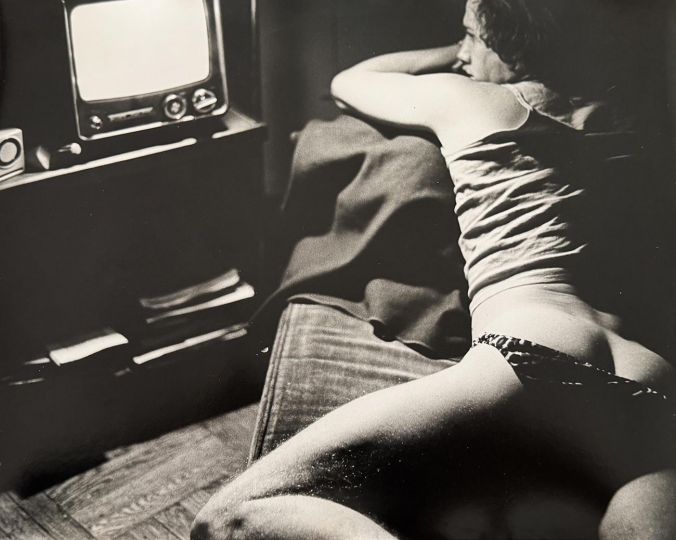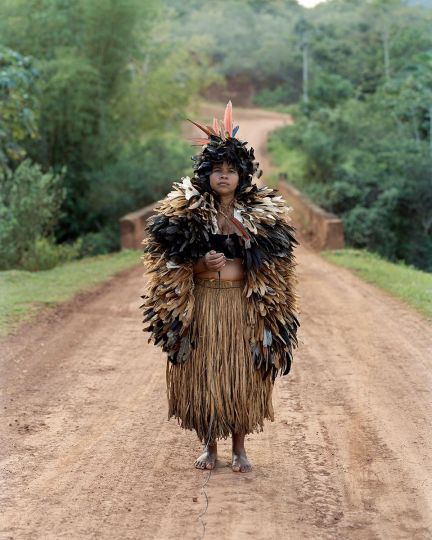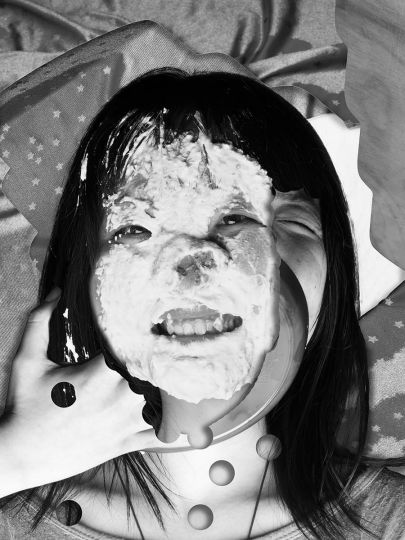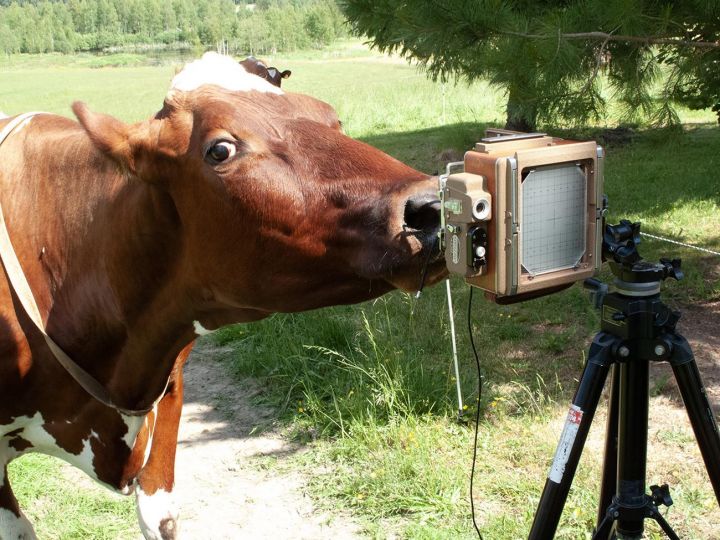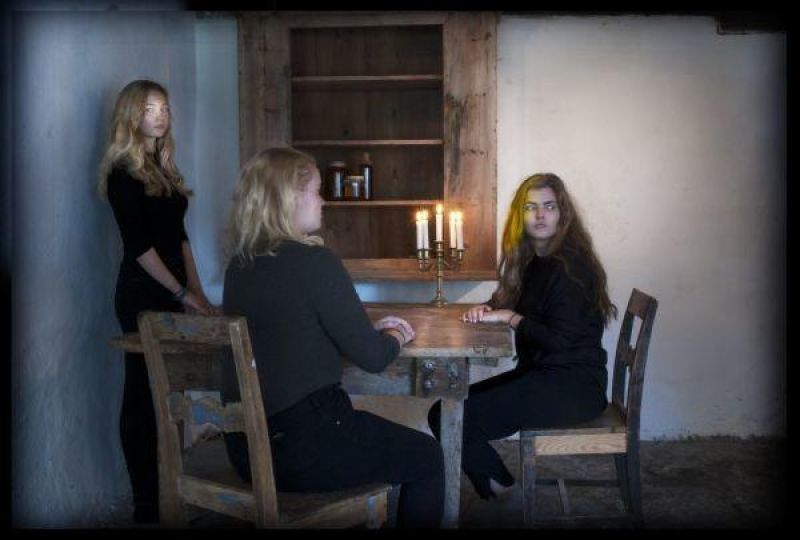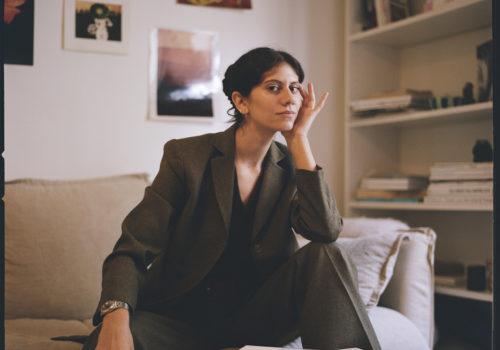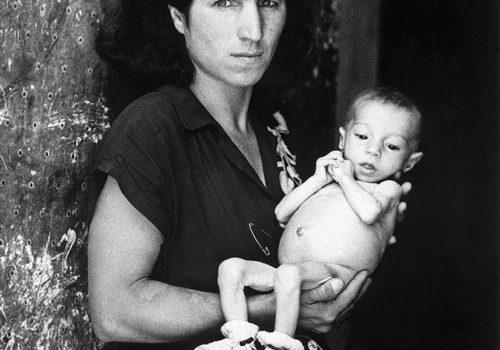Muriel Berthou Crestey’s book, “At the heart of photographic creation” offers a meeting with 24 of the greatest contemporary photographers.
Photographers speak. What are the regrets or surprises that punctuate a photographer’s life? What are the corresponding realization, sharing and dissemination strategies? How are the starting points, the theme, the forms, etc. ? What are the moods of photographers? How have new technologies changed their practices? To answer these questions and many others, Muriel Berthou Crestey met photographers representative of various movements of the contemporary era.
The Eye presents to you in the coming days extracts from these interviews, today FRANK HORVAT.
Photographing a meeting (the interview published includes 33 questions – here are 8)
Muriel Berthou Crestey. How did you start your photography career?
Frank Horvat. I quickly understood that to be a photographer, it was not enough to press a button. When I was a photojournalist, I was working on a subject for weeks and, when I was lucky, a magazine agreed to publish three pages. The fashion photographs operated on a totally different system, namely that of the command. The shots were for a day and they were very well paid. In addition to the pleasure of working with models, I saw an open door to develop a creation.
M. B. C. You adapt to new technologies; you are a pioneer in creating a retrospective of your work on iPad. What made you want to follow these photographic evolutions and transform your creative media?
H. Digital is a revolution, an opening. Suddenly, many new horizons arrive. We look differently. We tend to see in a more synthetic way. Today, everything must be perceived faster, in the moment. We do not distinguish the grain of the skin or the details. This evolution in the perception of the world is also sensitive in the cinema. In old movies, when it came to telling a romantic encounter, the director took ten minutes to prepare the scene of the kiss. Now everything is faster. Rightly or wrongly, the pace is no longer the same. But this adaptive property is common to all forms of expression. The photographs were made over a period of seventy years. My eye has changed. The society has changed. Needs, too. I have travelled a lot. Now, the Internet allows me another form of travel.
B. C. What are the criteria for a successful photograph?
H. A photograph is interesting when I feel it as a small miracle. If I photograph you now and I succeed my photo, then I will have managed to seize this moment, in this particular light that will never be renewed. If one shows ten times the same type of photographs taken against the light, it becomes a process. And we lose the original dimension.
B. C. You are at the origin of a revolution in fashion photography. How did this research develop?
H. Models who take stereotypical expressions bother me. I forced them to become what I naively call “real women”. It was a war against many people; I went against the preconceived image of editors, models, make-up artists and hairdressers … and even against the necessity of having to represent an illusion. Certainly, I understand the desire for idealization that exists in fashion photography. But I wanted to give an account of my ideal and not that of an era. I wish the models did not look like dummies. I first introduced passers-by, dogs, characters in the street. And then, I tried to find the same truth in the studio using white backgrounds. Sometimes I was wrong. This form of democratization of fashion has been favored by political actions. But I arrived at the right moment. However, the most interesting images appeared according to the constraints imposed on me.
B. C. Does your selection of images allow us to show aspects of the world that we would not have perceived in reality?
H. By definition, what I saw corresponded to my personal perception of the world. The style is not like a ready-to-wear garment in a shop. It is not acquired. He is already there, deep inside us. We can not help but adopt it. We must look to understand the cohesion that unites my images. Despite the great diversity of topics, I think there is a common thread in my work.
B. C. You conceive photography as the art of not pressing the button …
H. For me, it’s the art of saying no, like so many things in life. Our style is done just as much by all the people we did not know, all the shows and TV shows that we did not watch, by all that we eliminate. And what’s left, it starts to be us.
B. C. Does chance play a role?
H. Hazard still exists, but the decision to trigger or not belongs to us. Sometimes we do not even know why we support. But we can never anticipate. Why did we see this or that? Seventy years later, when I decide to choose an image for inclusion in a book, the approach is radically different. There, we are in the conscious choice, the search for associations.
B. C. What would you do if you could become invisible?
H. This is the dream of every photographer, starting with Henri Cartier-Bresson. I would like to have this power of invisibility when I walk in the street. As soon as a person looks at me, I do not want to photograph it anymore.
Muriel Berthou Crestey – Au coeur de la création photographique
ISBN 978-2-8258-0285-4
Editions Ides et Calendes

